Pick any industry, and we bet you wouldn’t find one without a woman putting her best foot forward today. From science and technology to art, music, and finance, women have carved their indelible niches in almost every field one can possibly imagine – and aviation is no exception. Women have taken over aviation like never before, flying commercial and charter flights in India and around the world and demonstrating that even the sky isn’t the limit. But the journey to get to this stage of emancipation has been a real struggle, full of trials and triumphs. So, as we gear up for International Women’s Day, it’s time to look back at some women superheroes in aviation who dared to break age-old gender norms and set the path for several women to follow:
Raymonde de Laroche
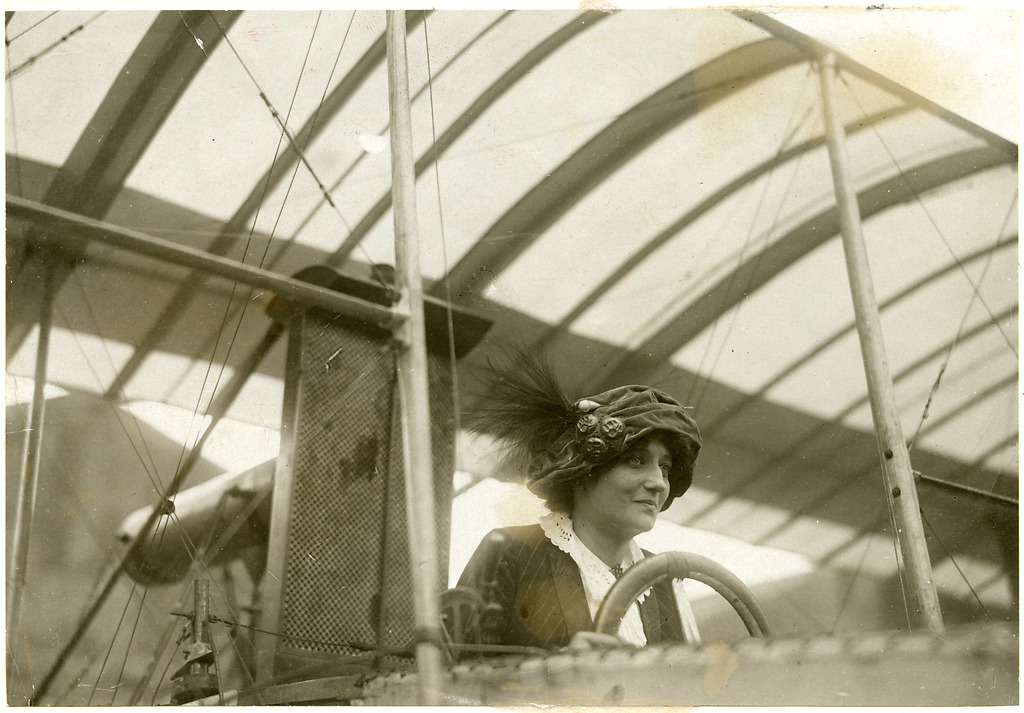
Our story cannot begin without the mention of this braveheart, who became the first licensed female pilot in the world in 1910. Born in Paris in 1886 as Elise Deroche, she adopted the stage name Raymonde de Laroche when she stepped on the stage, going on to become a highly established actress of her time. But something changed within her in 1908, when she took a joyride on one of the demonstration flights that the Wright brothers were organising. Laroche instantly took to flying, eventually taking flying lessons on the Voisin, a single-seater plane, and completing her first solo flight in 1909.
In 1910, Laroche was met with a brutal accident after her plane hit a tree and crash landed, but this incident did not deter her from persevering in aviation after her recovery, ultimately emerging as the world’s first licensed female pilot. Although women were dissuaded from flying during World War I, Laroche resumed flying after the war ended and set two prestigious altitude records for women – the first one at 15,700 feet and the other at 201 miles (the women’s distance record). Unfortunately, Raymonde de Laroche died at the tender age of 36, when the test plane she was co-piloting crashed. Her legacy, though, has lived on for hundreds of women to follow suit.
Amelia Earhart
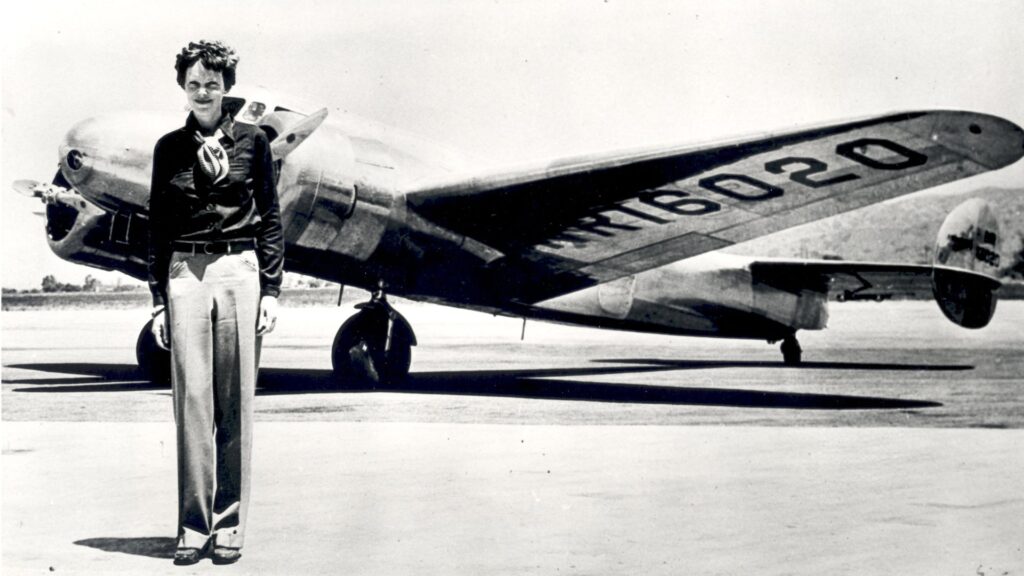
The rise to fame and disappearance of this aviator has etched a permanent mark in history, so our list is incomplete without her mention. Amelia Earhart was the first female American to cross and fly independently across the Atlantic Ocean, instantly rising to popularity. Born in 1897, Earhart was always a brave and fiercely independent child and carried these traits into her adulthood. She initially served as a nurse in Toronto during World War I, before she became enamoured by aviation after her first plane ride in 1920 in California. She bought her first aircraft, a Kinner Airster, in 1921 and received her pilot’s licence in 1923. She continued following her passion for flying in Massachusetts, where she moved in the mid 1920s. Around this time, promoters began looking for a woman to fly across the Atlantic Ocean, and Amelia Earhart was shortlisted for this endeavour.
After famously boarding a plane from Newfoundland, Canada to Burry Port, Wales in 1928, Earhart resolved to fly across the Atlantic independently, which she accomplished in a record time of nearly 15 hours in 1932. Her books 20 Hrs. 40 Min. and The Fun of It recount her experiences with flying. She also broke all records in 1935 by piloting the first ever solo flight from Hawaii to California and Los Angeles to Mexico City. Tragically, Earhart and her navigator Fred Noonan disappeared enroute their mission to fly the world, being declared “lost at sea” after an extensive search. But Earhart’s sheer courage, determination and zest for flying has survived the test of time.
Jacqueline Auriol
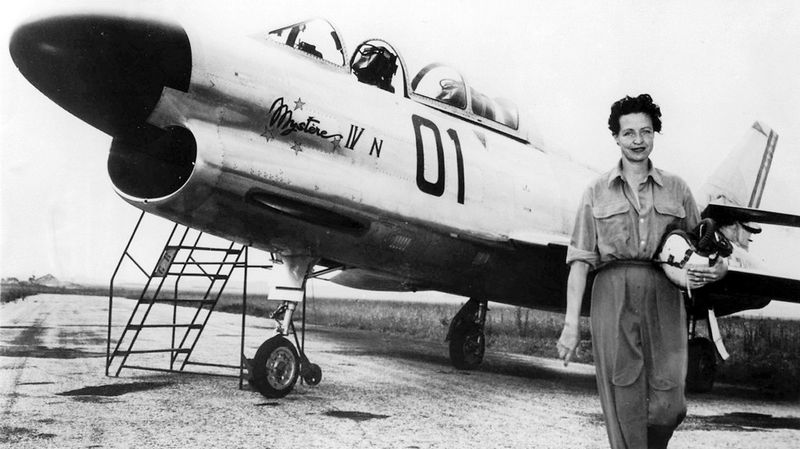
This French aviator went on to become France’s first woman test pilot and rose to fame for her remarkable flight journeys. Auriol completed her education in Paris and later married Paul Auriol, whose father eventually became the President in 1947, with Paul Auriol as his secretary. During this time, Paul Auriol encouraged his young wife to learn flying, and she instantly picked up this skill and gained her first pilot’s certificate in 1948.
She participated in the Paris air show in 1949, before she succumbed to a brutal aircraft crash – wherein she was seated next to the pilot – in the same year, sustaining facial injuries. However, being the braveheart she was, Auriol underwent multiple surgeries and re-emerged in the aviation space, learning to fly helicopters and enrolling in a military training course. In 1951, she took control of the British de Havilland Vampire, becoming the fastest female pilot in the world. She went on to achieve several milestones in the coming years and broke many records, including becoming the first woman test pilot in France. Her autobiography I Live to Fly is a detailed insight on her passion for the sport and her happening life as an aviator.
Betty Skelton Erde
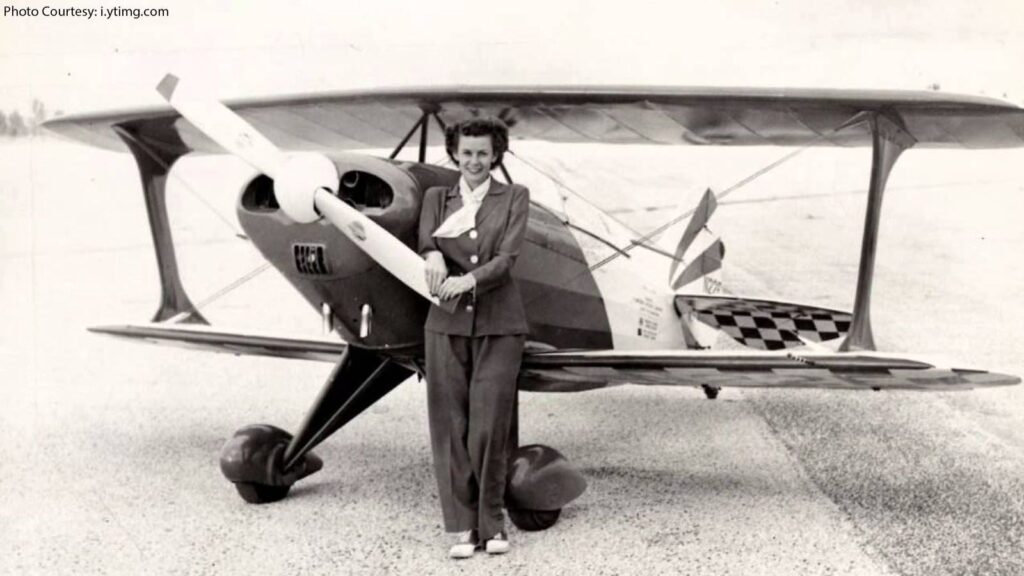
Nicknamed the “fastest woman on earth” and “first lady of the firsts,” Betty Skelton Erde, an aerobatics pilot and land speed record holder, set as many as 17 automobile and aviation records and became a trailblazer for women in aviation as well as business and sports. Born in Florida in 1926, Betty Skelton Erde exhibited an inclination towards flying even in childhood, when she played with model aircraft and excitedly watched planes soar in the sky. She harboured the dream of becoming a naval aviator someday and later never missed a chance to fly anytime there was a spare seat beside the pilot.
Under the assistance of Kenny Wright, Skelton undertook her first solo flight at the tender age of 12 in Wright’s 40-hp Taylorcraft. On her 16th birthday, she went solo again and earned her private licence. After receiving her commercial rating at 18, Skelton began working as an instructor at the Pete O. Knight Airport, Tampa. At that time, women were prohibited from working in military aviation and commercial airline jobs, so Skelton decided to find her own way. She soon bought her own aircraft and began a career in aerobatics in 1946. At an era when women were not accepted in military services or airlines as pilots, Skelton became the first woman to cut ribbons mid air, flying upside down 10 feet above the ground.
Sarla Thakral
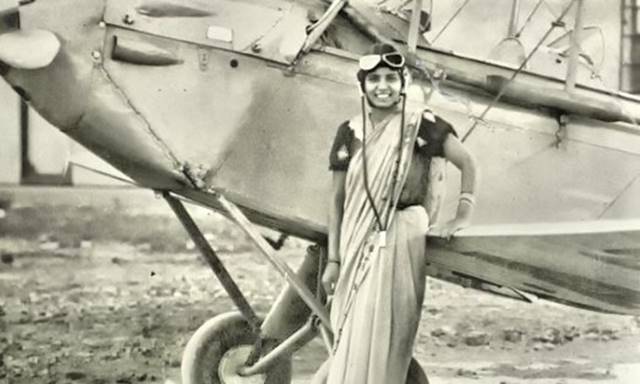
India’s journey with aviation has been quite a long one, and Indian women’s entry into aviation – although highly challenging at first because of the vehement gender norms – has been highly victorious over the decades. And Sarla Thakral was the first Indian woman to set an example by piloting an aircraft. Born in 1914 in Delhi, Sarla Thakral was keen on listening to aviation stories since her childhood. Married at the age of 15 and widowed early, Thakral never allowed her personal woes to affect her determination towards flying. Her husband, the first Indian to earn an airmail pilot licence, and father-in-law actively fuelled her dreams of flying, a feat very rare in those days. She went on to become the first Indian woman to earn a pilot’s licence in 1936, at the age of 21. Although she wanted to become a commercial pilot, World War II broke out around this time, and civil aviation training was suspended. Alongside flying, Thakral also designed aircraft models. Today, Thakral serves as a role model for many young female pilots looking to make a mark in aviation.
Women in aviation have redefined this sphere in numerous ways over the decades, demonstrating yet again that women are unstoppable in whatever they decide to undertake. Today, women not only pilot commercial aircraft but also private planes of various types and sizes. We at BookMyCharters salute women who have withstood all odds to persevere in aviation and continue to break gender norms with their sincerity and skills. We would be glad to help you book a private jet for your next trip. Click here to connect with us and find out more about how much a private jet costs and other details!

